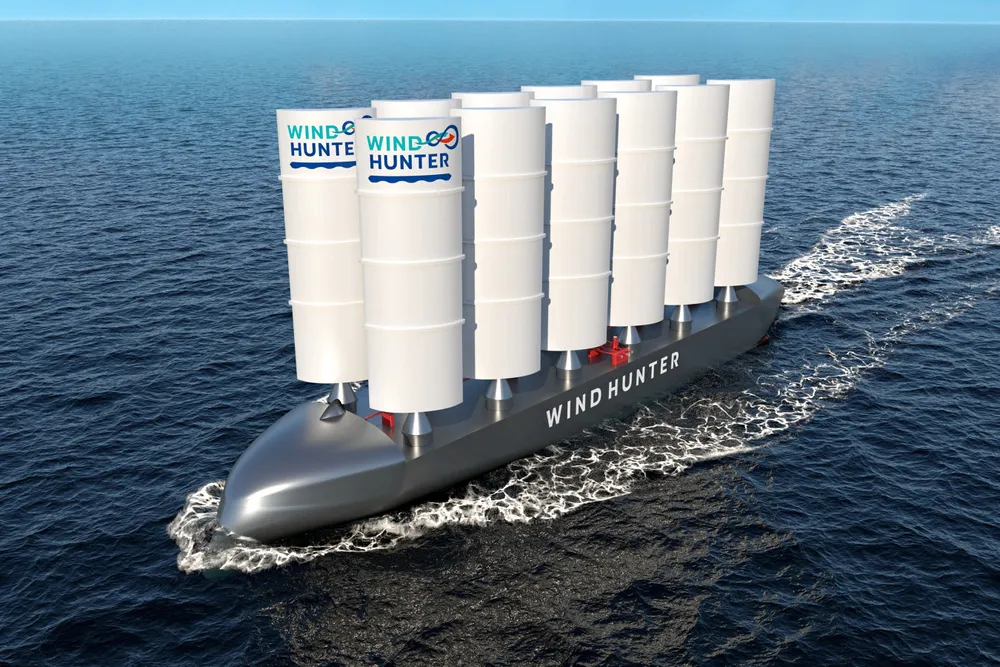INTERVIEW | Japanese shipping firm developing wind-powered ship that produces hydrogen as it sails
The zero-emission Wind Hunter would seek out windy routes that would enable it to both propel the vessel and make H2 from onboard electrolysers, says MOL
